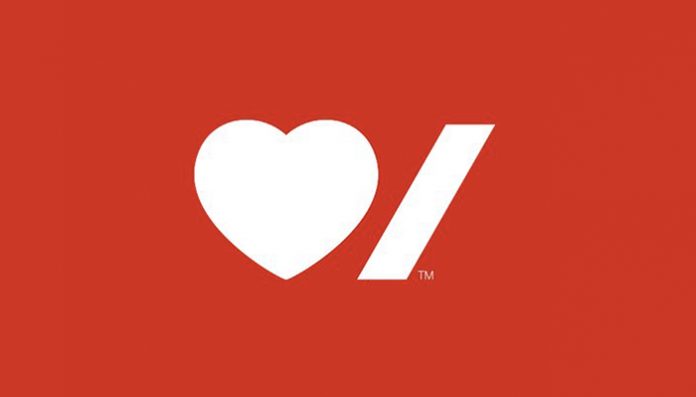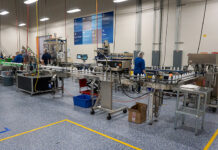Almost 4,600 individuals at risk of developing high blood pressure (hypertension) participated in an innovative Heart & Stroke wellness program centred on physical activity, healthy eating and stress management. Follow up with a robust sample of more than 1,000 participants revealed that the program exceeded its goal of stopping blood pressure from increasing and instead saw on average a 4.4-point drop – a significant decrease.
Without intervention as many as half of those with pre-hypertension (blood pressure between 121 – 139 systolic) may develop high blood pressure within five years. High blood pressure is the number one risk for stroke and a leading risk for heart disease. More than 66,000 Canadians die from heart disease and stroke each year.
“We are thrilled with these results – controlling blood pressure saves lives but changing behaviour to do that is difficult,” says Doug Roth, CEO, Heart & Stroke. “We looked at the best evidence, brought together the right partners, and relied on a new and innovative funding mechanism, all of which allowed us to provide the program participants with the support, knowledge and tools to make healthy changes.”
The program was open to individuals 40 years of age or older who were pre-hypertensive and not taking blood pressure medication. Participants had access to a personal health coach; an in-store dietitian at Loblaws; a two-month membership to the YMCA; an online platform to track their progress and access helpful information; and bonus PC Optimum points from Shoppers Drug Mart to incentivize healthy behaviours. The program launched in 2018 and ended in Fall 2020 and included participants from across Ontario and BC as well as Saskatoon.
“My grandkids give me a reason to live. I enjoy playing with them at the park and running around. But you need good health to keep up with them. The Activate program encourages you to commit to your health and get your blood pressure under control. I found the program inspiring,” says Mohinder Grover, age 71 from Toronto.
COVID-19 presented challenges in the final phase of the program, most notably in-person interactions were not possible. The Activate team moved quickly from recruiting new participants to focussing on the participants who were already enrolled in the program.
“Once the pandemic hit, we had to quickly adapt with the goal of keeping participants engaged and supported from the safety and comfort of their homes,” says Roth. “We worked with our partners to seamlessly transition into a fully virtual program and provide additional supports. For example, when participants could no longer visit a pharmacy to get their blood pressure checked we delivered 500 approved blood pressure monitors so they could do it at home. The YMCA launched virtual exercise classes to encourage people to keep moving.”
Activate was launched in collaboration with private investors, government (Public Health Agency of Canada), MaRS, and private and community partners (Loblaws Companies Limited, the YMCA and others). It was funded using an innovative model called a Social Impact Bond where private investors provide the up-front capital to develop and deliver the program and government funds repay the investors if the program is successful. Based on the success of Activate, Heart & Stroke is interested in working with other partners and funders to offer innovative health initiatives that can improve the health of Canadians.
“There are a lot of great community-based programs that could help Canadians but aren’t getting funded. We’ve been able to demonstrate with Heart & Stroke how impact investment can complement public and philanthropic sources of funding and drive positive impact,” says Adam Jagelewski, lead executive at the MaRS Centre for Impact Investing. “We developed a successful model for future partnerships and programs.”
Investors for the Activate program will receive more than a 7% return on their original collective investment of $3.4 million based on the program exceeding its target for participants maintaining or decreasing their blood pressure between their initial and six-month follow-up sessions as well as successfully enrolling 4579 participants in the program. The original enrollment target was 7,000 but recruitment had to be halted early due to COVID-19.








